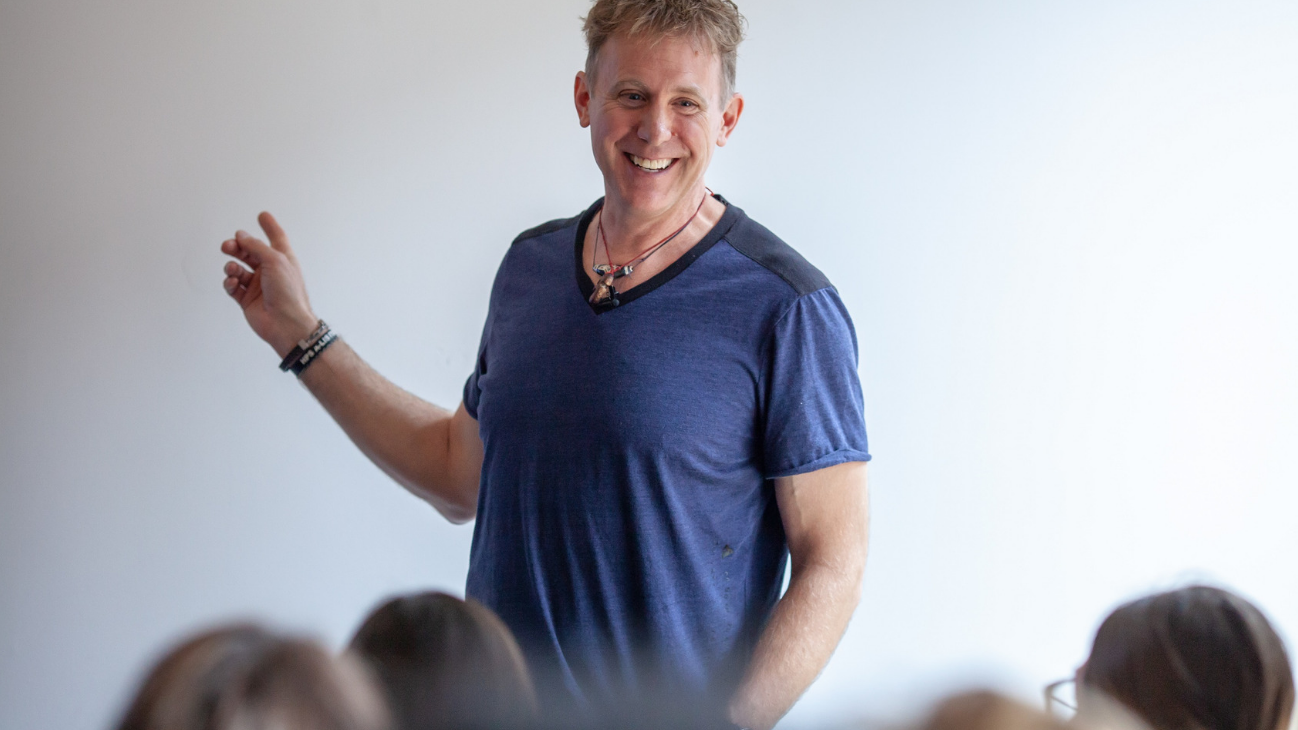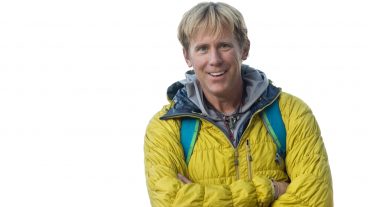In the spring of 1911, Captain Robert Falcon Scott of the Royal British Navy and Norwegian explorer Roald Amundsen were camped, not far apart, on the edge of the Antarctic pack ice. These two competitors were roughly the same age. They both possessed comparable skills and experience, had recruited strong teams, and shared the same intent to become the first person in history to reach the South Pole. The “Great Polar Race”, as it was dubbed by the media of the day, appeared perfectly evenly matched.
But what would unfold in the months ahead was polar opposites.
Amundsen and his men moved smoothly and efficiently from the start, while Scott — facing the same challenges, the same unknown terrain, the same extreme weather and conditions — struggled terribly. Amundsen reached the pole in 56 days, by which point Scott was barely half way there. Amundsen was home safe, sound, and celebrating by the time Scott and his men ultimately, and tragically, starved to death.
Two teams, facing an identical challenge, with vastly different outcomes.
This difference can be boiled down to one simple fact — Scott was a grinder, while Amundsen was gritty.
Scott and his men were slowly but relentlessly ground down by the challenges they faced, while Amundsen and his team, employing grit, used those same challenges to sharpen themselves and bring out the best of their abilities.
In today’s modern world — where increasingly overloaded workforces must face disruption, uncertainty, and change on a scale never witnessed before — grit has become the new holy grail. What was once a war for talent between recruiters and in-house trainers has shifted to a war for grit.
But what is this elusive quality? And how can we nurture more of it within our teams?
A careful inspection of Scott and Amundsen reveal key differences between teams that grind and teams with grit.
1. Guiding Goal
Both explorers had goals, but only Amundsen’s was clear and visceral, providing direction to all actions and decisions. He was going to the South Pole, period. Everything he and his men did was intended to move them one step closer to their goal.
Scott, on the other hand, had two goals. He was going to the Pole AND he wanted to perform some science on the way. It was a very noble, earnest ambition but it also probably killed him. Because at every rock outcropping his team passed, the men chiseled off 34 pounds of samples, which they tossed on the sleds being man-hauled behind them in place of food.
2. Unseen Stretches
All human growth springs from the simple process of stretching ourselves — little by little, over and over — towards a weakness in our performance we’d like to improve.
Known as “Deliberate Practice” (a term coined by psychologist Anders Erickson), we never see this process of stretching — not in Olympic athletes and not in great teams and leaders. That’s because it is boring, clumsy, awkward, and frustrating. It also requires humility and courage. It’s far easier to instead keep doing the things we already do well, but every astonishing accomplishment we’ve ever witnessed has sprung from an aggregation of these simple, small, unseen stretches.
In the long Antarctic winter before the race to the Pole, both teams trained. But Scott and his men did not attack their weaknesses. Instead they played sports during the day, to maintain general fitness, and listened to lectures on polar travel at night. Amundsen, on the other hand, was relentless at ferreting out any weakness. His men went out into the cold darkness every day, experimenting with clothing systems. They learned to wear their furs loosely, and move slowly, to prevent potentially fatal sweating. All this would pay dividends in the months ahead.
3. Process
We tend to focus heavily on our goals, and ignore the process of getting there — the daily, repeatable steps that simply must be done.
But think of any two pro sports team — they have the same goal. Think of competitors in your market space — they have the same goal. Think of Amundsen and Scott — same goal.
It is not the goal that separates winners from losers or success from failure. It’s the process. These daily, repeatable tasks offer a foundation to return to in times of confusion, distraction, and setback.
Goals determine direction, but it is process that yields progress. Simply put, Amundsen had a better process.
4. Recovery
In the wilderness, as one grows exhausted, we start to stumble and falter. Continuing onwards carries diminishing returns, and can be dangerous.
The modern world does not hold such triggers, and far too many push too long and too hard in the mistaken belief that they are getting more done. I don’t want to sound like your mothers, but we should never deem ourselves too busy to attend to the little habits we know to be the “right thing”. Same goes for eating real food, drinking lots of water, getting exercise, turning off our devices an hour before bed, and charging them in another room. Excellence doesn’t happen by mistake. If you want to be gritty, you need to recover.
Scott pushed his men across the icecap for ten hours a day. He also insisted on the military tradition of keeping a night watch with one man awake with a candle, while none of the others slept properly.
On the other hand, Amundsen only traveled for 5 to 6 hours a day. He kept no watch, insisting instead, that his mean should live healthily and properly, eating and sleeping well. Despite their shorter days, Amundsen’s team more than doubled Scott’s daily distances.
After three decades of guiding wilderness expeditions myself, I’ve learned that humans are incredibly gritty. You, and your team, are gritty. Very, very gritty. You just may not know it yet.
Conditions exist within the expedition world that can elicit certain habits, routines, behaviors, and mindsets, all of which bring out the very best of our abilities. Those same habits, routines, behaviors, and mindsets can be recreated within the workplace and amongst our teams. And, the four principles I listed above are a good place to start.
Recently, we welcomed acclaimed explorer Bruce Kirkby to our office for an exclusive event with some of our clients. Drawing on his incredible adventures that have taken him from the top of the highest mountain to the centre of the driest desert, from Ethiopia’s Blue Nile Gorge to Borneo’s northern coast, he shared his guidebook to building grit and unleashing our natural resiliency.
Watch the clip below from his keynote as he illustrates just how gritty people truly are:
Interested in learning more about Bruce and what he can bring to your next event? Email us at [email protected].




